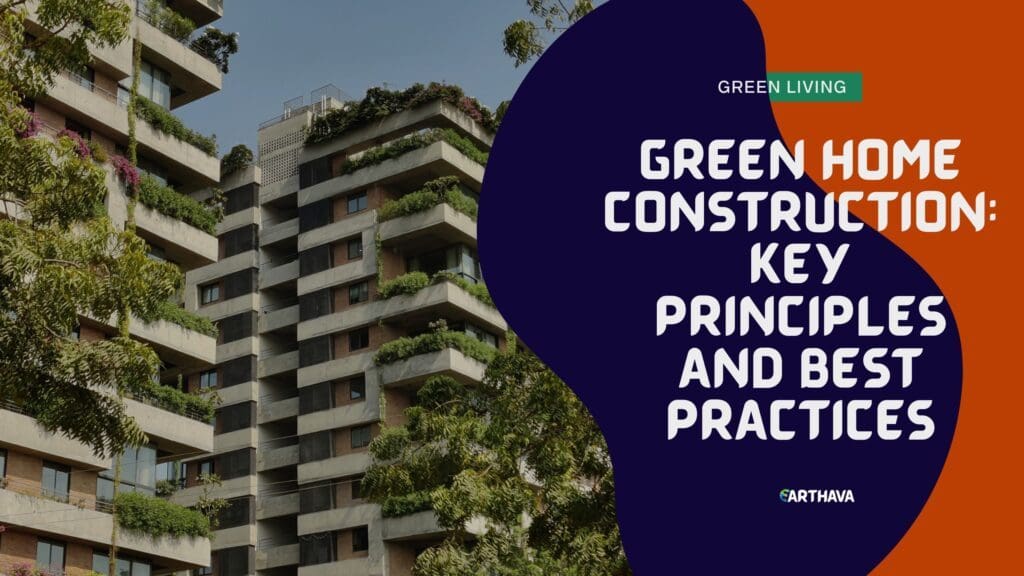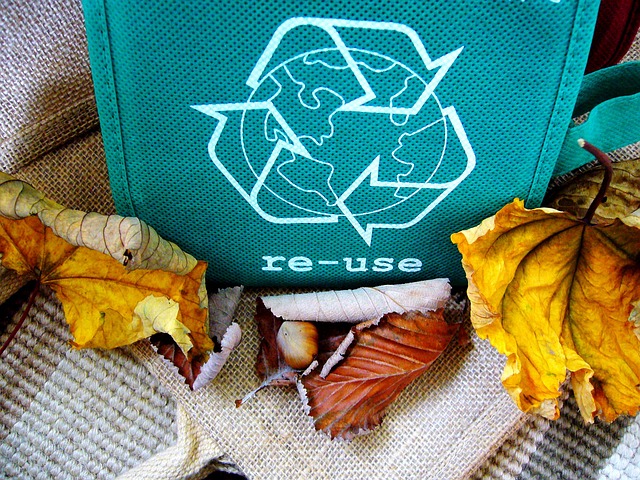In a nutshell, green building is a trend in design and architecture that enables the creation of harmless, energy-efficient, and eco-friendly buildings. The green building movement is not a new thing. Since the 1970s oil crisis, sustainable buildings and technologies have improved, with the constant fall of sustainable materials cost. The result is that today we have green buildings that benefit both the occupants and the environment.

As it is, the conventional building approach wastes too many natural resources, primarily energy, water, and timber, while the green building strategy is based on renewable sources like sunlight, plants, and rainwater. One of the key elements of green building is using energy and water-efficient technologies that are normally not used in conventional buildings. So, let’s analyze the advantages of the green construction approach.
It Saves Energy and Money

This approach is the first and foremost reason behind the green building movement, ensuring the reduction of both embodied and operating energy consumption, which consequently means money saving for homeowners over the years. Buildings that are built with wood have a lower embodied energy than those made of brick, steel, or other materials. In order to regulate operating energy consumption, engineers advocate the use of extra-insulation, high-performance windows, and passive solar features.
It Preserves Water

Reduced water consumption is another feature of green homes. It can save money over a lifetime by just recycling rainwater and using it for toilet flushing. Other applications of stormwater are gardening and irrigation. This aspect of green building negates the issues like toilet leaking and uneconomic showers, by replacing them with water-saving showerheads, ultra-low flush toilet designs, and other water-conserving solutions.
It Uses Recycled Materials

Selecting recycled materials and products may increase the lifespan of your home and minimize yearly maintenance, as some recycled products are more resilient than the natural materials they are derived from. This is the third economic aspect of a green home that is achieved through applied building science, moisture management, and studious material selection. A perfect example is one of those contemporary container shelters for your machinery and tools, that have canopies made of natural fabric and combined with recycled shipping containers for the base and support.
Because of reduced energy requirements and lower operating costs, green homes have a higher resale value. They use sustainable components with the reduction of gas, electricity, and water. With an investment that pays back in a couple of years, you can turn a green home into a net-zero building, also known as an active house. The key feature of an active building is that instead of wasting energy, it can create a surplus that can be resupplied back to the electrical grid.
Improved Indoor Conditions
One of the most important elements of a green home is the ventilation system which filters the air. In addition, in the pre-planning phase, you should specify building materials, coverings, carpeting, flooring, and paints that have low VOC (volatile organic compounds) content.
A recent study has shown that indoor air pollution can be 2-5 times worse than outdoor air conditioning. However, ventilation itself is often not enough. You can improve the indoor environment by using non-toxic, rapidly renewable materials like lumber, bamboo, straw, recycled metal and stone, natural wool, earth blocks, cork, etc. In the vast majority of cases, the results will be truly amazing.


